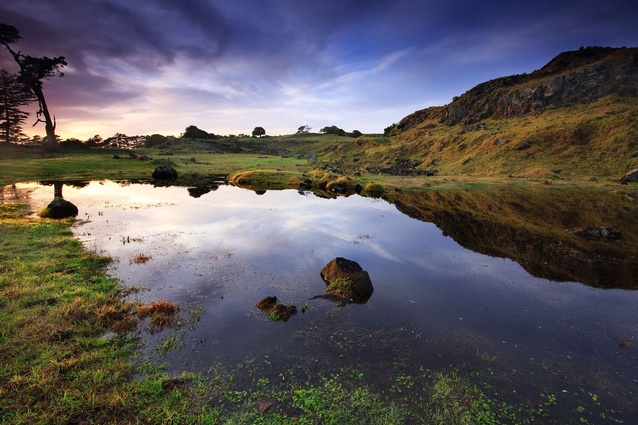Just a pretty face
A recent Environment Court decision confirms that New Zealand’s legal framework is currently unable to recognise the concept of Cultural Heritage Landscapes.
In 1887, Ngati Tuwharetoa, gifted Mt Tongariro and its neighbouring peaks, Ruapehu and Ngaurahoe, to the Crown as a National Park “for the use of both Maoris and the Europeans” (as stated by Te Heuheu Tukino IV, paramount chief of the Ngati Tuwharetoa). This park was the first in the world to be freely gifted to a nation by its indigenous people and in 1993 the park again was the subject of a world first – when it became the first cultural landscape to be recognised by UNESCO as a World Heritage Cultural Landscape.
It is therefore disappointing that the Environment Court has, in its recent decision of Wallace & Ors v Auckland City Council ([2012] NZEnvC 120), had to confirm that this country’s legal framework is currently unable to recognise the concept of Cultural Heritage Landscapes.
The Wallace case concerned appeals on various proposed planning instruments that would have, effectively, prevented development on rural land on the end of the Ihumatao Peninsula to the west of Auckland International Airport. The parties’ respective landscape consultants were in general agreement about the values of the subject land and that it sits within a Heritage Landscape. Factors relevant to this appear to have been related to the tangible heritage features left from a long history of occupation and use, by both Maori and European settlers, and the intangible associations and meanings ascribed to the land as a result of that history. It is also relevant that the Peninsula is of some particular significance to Maori and located within the subject land is a sacred mountain (Maungataketake), burial and pa sites, battle sites, and subterranean caverns containing taonga. On the basis of this evidence it was proposed that the Court determine the subject land to be part of a Cultural Heritage Landscape.
The Court considered the origin of the Cultural Heritage Landscape concept, stating that it stems from the Bannockburn Heritage Landscape study published in 2004. Of course, globally, the concept has had a much longer existence; Cultural Landscapes (and there does not appear to be much distinction in the terminology) were recognised as early as 1962 by UNESCO when it adopted a recommendation concerning “the preservation and, where possible, the restoration of the aspect of natural, rural and urban landscapes and sites, whether natural or man-made, which have a cultural or aesthetic interest or form natural surroundings.”
In 1992 UNESCO updated its Guidelines for inclusion of sites on the World Heritage List so as to enable recognition of Cultural Landscapes. It was this update that enabled recognition of Tongariro National Park for its cultural values, including its tangible association with events, living traditions, ideas, and beliefs of universal significance.
However, in Wallace the Environment Court found that it was unable to endorse the concept of Heritage Landscape within the context of the Resource Management Act 1991 (RMA). It observed that there is no reference to Heritage Landscapes in the RMA (nor is Landscape defined, in a manner that could encompass cultural values or otherwise) and that Outstanding Landscapes, Maori Values, and Historic Heritage are each separately provided for within section 6 as matters of national importance. The Court therefore concluded that there is no place in the RMA for the concept of Cultural Heritage Landscapes, stating (at [67]):
“To introduce a new concept not recognised explicitly by the statute would in our view add to the already complex web of the Act and make matters more confusing.”
Although the Court is quite correct in finding that the RMA does not explicitly contemplate Cultural/Heritage Landscapes and that doing so in the current framework could result in ‘double dipping’, the cultural values of landscapes are, nonetheless, being recognised throughout the country. The Queenstown Lakes District Plan, for example, includes a robust appreciation of that District’s landscapes and their history, by providing for the identification, recognition, and protection of heritage landscapes, the layers of history within those landscapes, and even the physical and spiritual connections within and between landscapes.
And, despite the limitations of the RMA in this area, the cultural values of Tongariro National Park are not ignored – the Department of Conservation’s Management Plan recognises the Park’s World Heritage status and records that the New Zealand Government is committed to maintaining the Park’s core cultural heritage values in the face of global scrutiny. It appears however, that an the amendment will be required before the Environment Court feels comfortable giving legal effect to that commitment, at least under the RMA.










